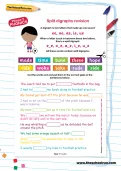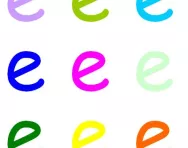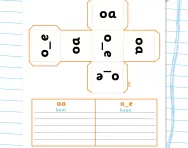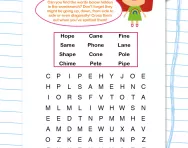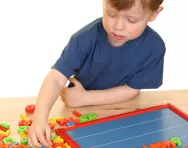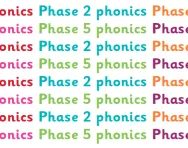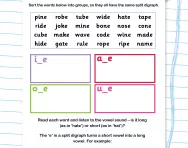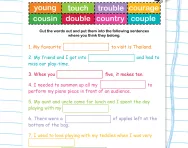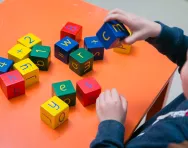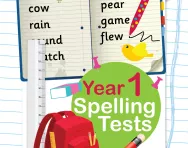TheSchoolRun.com closure date
As we informed you a few months ago, TheSchoolRun has had to make the difficult decision to close due to financial pressures and the company has now ceased trading. We had hoped to keep our content available through a partnership with another educational provider, but this provider has since withdrawn from the agreement.
As a result, we now have to permanently close TheSchoolRun.com. However, to give subscribers time to download any content they’d like to keep, we will keep the website open until 31st July 2025. After this date, the site will be taken down and there will be no further access to any resources. We strongly encourage you to download and save any resources you think you may want to use in the future.
In particular, we suggest downloading:
- Learning packs
- All the worksheets from the 11+ programme, if you are following this with your child
- Complete Learning Journey programmes (the packs below include all 40 worksheets for each programme)
You should already have received 16 primary school eBooks (worth £108.84) to download and keep. If you haven’t received these, please contact us at [email protected] before 31st July 2025, and we will send them to you.
We are very sorry that there is no way to continue offering access to resources and sincerely apologise for the inconvenience caused.
Split digraphs revision (Phase 5 phonics)
What is a split digraph word?
A split digraph, also known as a magic 'e' or silent 'e', is a type of vowel digraph found in English words. In a split digraph, the vowel and the consonant 'e' in a word are separated by another consonant. For example, in the word make, the 'a' and 'e' together make the long vowel sound 'a', with the 'k' in between them.
Are split digraphs part of teaching phonics?
Split digraphs are an important concept in phonics teaching, helping children understand the relationship between vowel sounds and spelling patterns in English words.
How do you teach a child to split a digraph?
You can teach your child to split a digraph by introducing the concept, giving them examples, and setting them some practise, like this fun split digraph activity created by our expert teachers. It already provides examples and explanations and has a colourful, cutting-and-organising task. You can even make up your own paragraph afterwards and try to place the split digraph words into the correct places.
For a more advanced activity, try our Y3 spelling: split digraphs worksheet.
